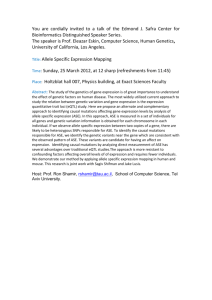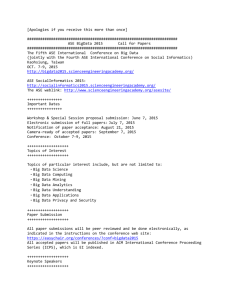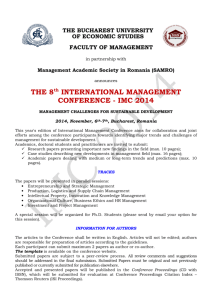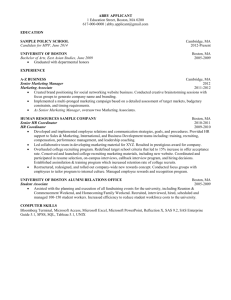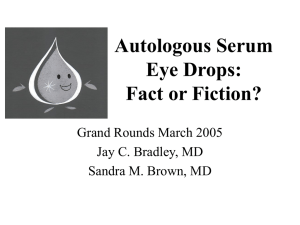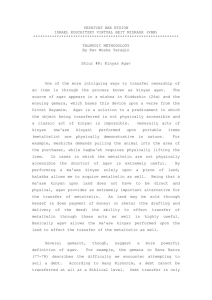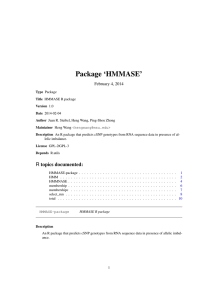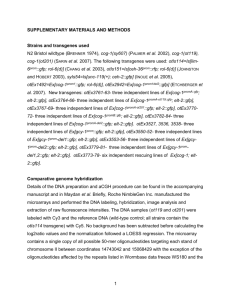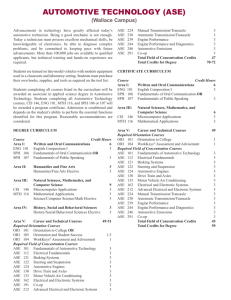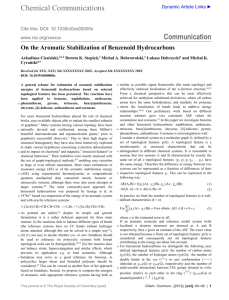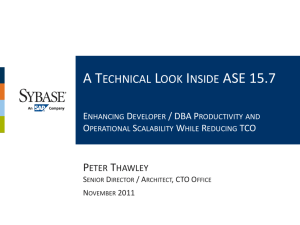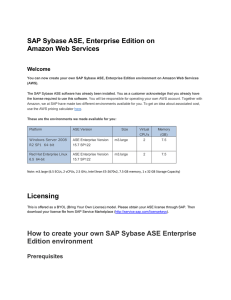Dimucci_Ivison_Jenkins
advertisement
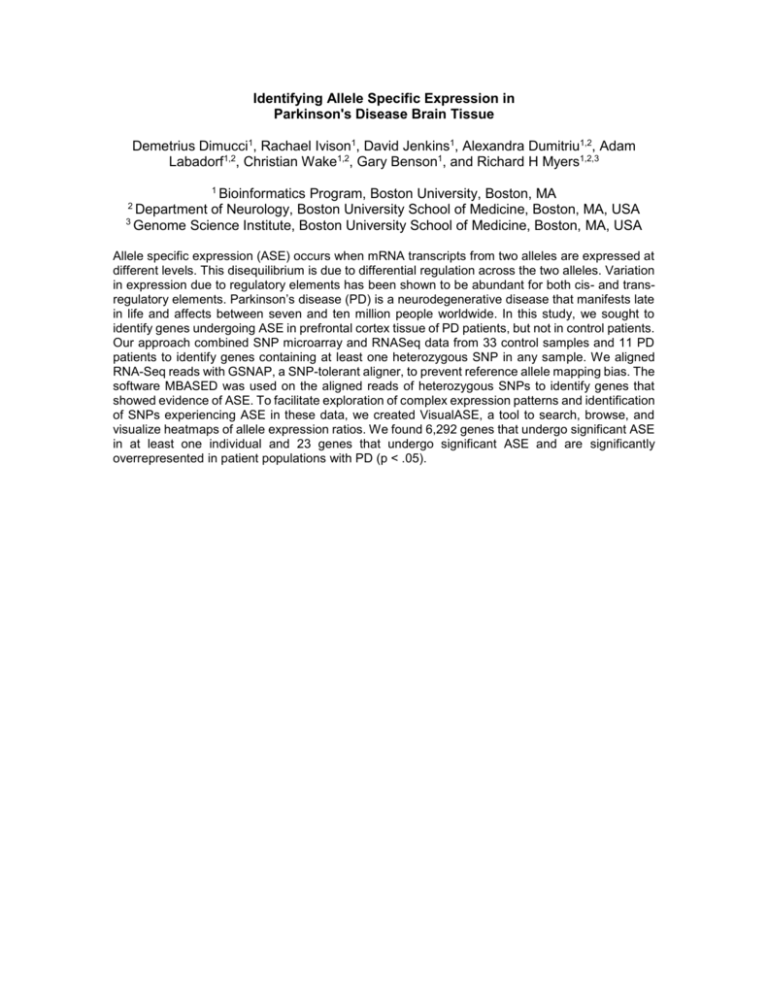
Identifying Allele Specific Expression in Parkinson's Disease Brain Tissue Demetrius Dimucci1, Rachael Ivison1, David Jenkins1, Alexandra Dumitriu1,2, Adam Labadorf1,2, Christian Wake1,2, Gary Benson1, and Richard H Myers1,2,3 1 Bioinformatics Program, Boston University, Boston, MA Department of Neurology, Boston University School of Medicine, Boston, MA, USA 3 Genome Science Institute, Boston University School of Medicine, Boston, MA, USA 2 Allele specific expression (ASE) occurs when mRNA transcripts from two alleles are expressed at different levels. This disequilibrium is due to differential regulation across the two alleles. Variation in expression due to regulatory elements has been shown to be abundant for both cis- and transregulatory elements. Parkinson’s disease (PD) is a neurodegenerative disease that manifests late in life and affects between seven and ten million people worldwide. In this study, we sought to identify genes undergoing ASE in prefrontal cortex tissue of PD patients, but not in control patients. Our approach combined SNP microarray and RNASeq data from 33 control samples and 11 PD patients to identify genes containing at least one heterozygous SNP in any sample. We aligned RNA-Seq reads with GSNAP, a SNP-tolerant aligner, to prevent reference allele mapping bias. The software MBASED was used on the aligned reads of heterozygous SNPs to identify genes that showed evidence of ASE. To facilitate exploration of complex expression patterns and identification of SNPs experiencing ASE in these data, we created VisualASE, a tool to search, browse, and visualize heatmaps of allele expression ratios. We found 6,292 genes that undergo significant ASE in at least one individual and 23 genes that undergo significant ASE and are significantly overrepresented in patient populations with PD (p < .05).

